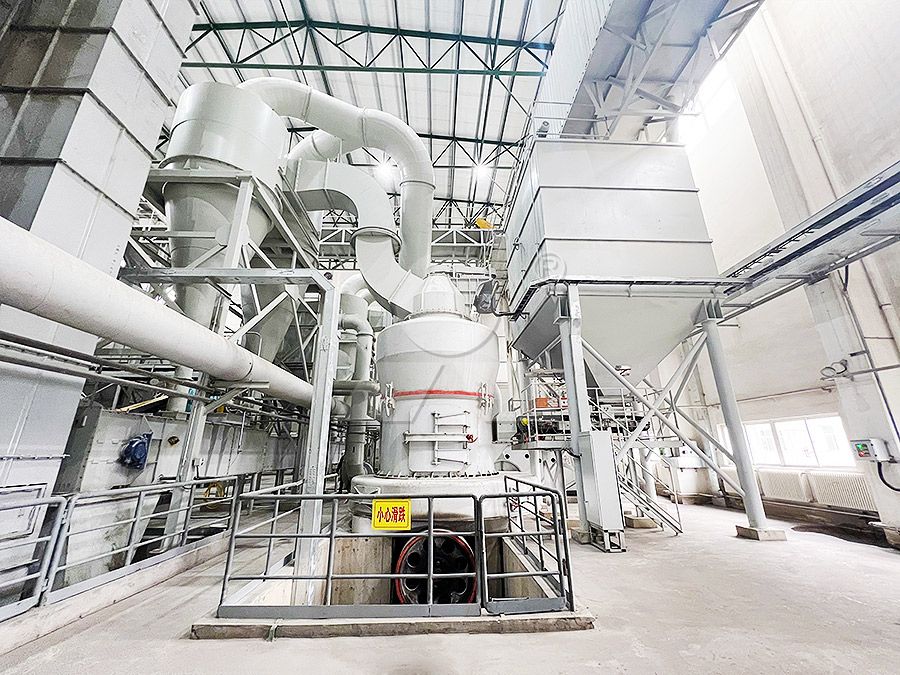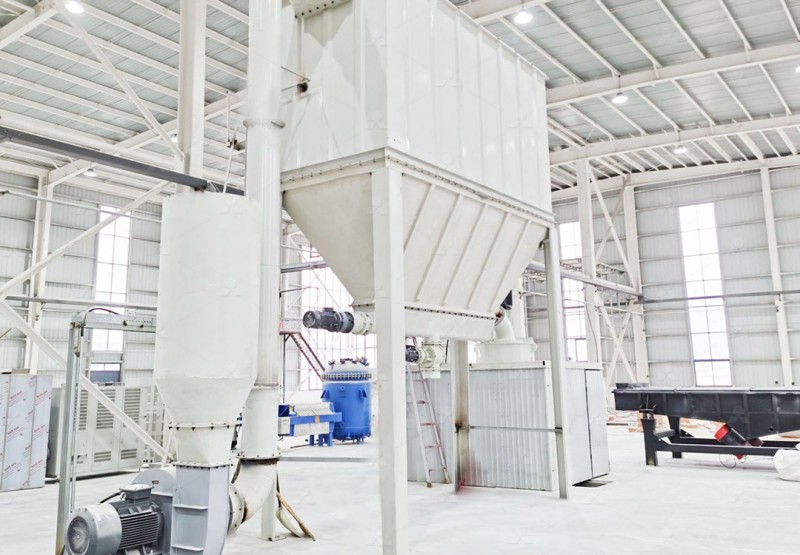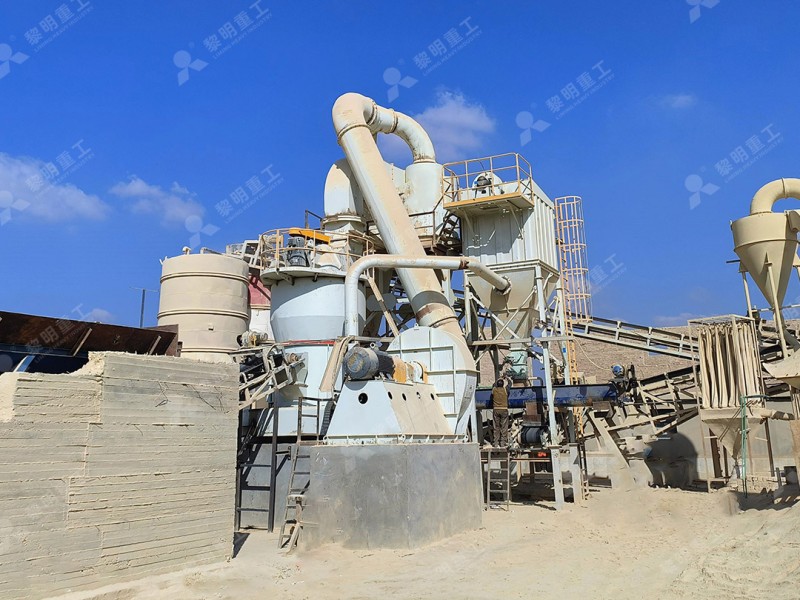Best Corn Grain Crusher for Feed Mill: How to Choose a Grinder
Best Corn Grain Crusher for Feed Mill: How to Choose a Grinder
Choosing the right grain crusher for your feed mill operation ain’t just about picking the biggest or shiniest machine. It’s about matching the equipment to your specific needs, from the type of grain you’re processing to your desired output capacity and final product fineness. A poor choice can lead to inefficiency, higher energy bills, and inconsistent feed quality that can affect animal nutrition. Let’s break down the key factors you need to consider to make an smart investment.
Key Factors to Consider When Selecting a Grinder
1. Capacity and Throughput: This is your starting point. How much corn do you need to process per hour (tph)? Are you a small farm or a large commercial operation? Undersizing a crusher will bottleneck your entire production line, while oversizing it wastes capital and operating costs. Always have a clear idea of your average and peak processing volumes.
2. Desired Particle Size: Different animals require different feed textures. Broilers might need a finer grind than cattle. The ability to consistently achieve and adjust the fineness of your corn meal is crucial. Look for machines with advanced powder separating technology that offer a wide and adjustable range of meshes.
3. Energy Efficiency: Grinders can be power-hungry beasts. In today’s world, energy costs are a massive part of your overhead. Modern mills are designed with efficiency in mind, often using advanced grinding curves and structural designs to reduce energy consumption by 30-50% compared to older models like traditional ball mills. This ain’t just good for the planet; it’s great for your wallet.
4. Operational Costs & Maintenance: Don’t just look at the purchase price! Consider the long-term costs. How often does it need maintenance? Are the vulnerable parts like rollers and rings made from wear-resistant materials? How easy is it to access and replace them? A machine with an external lubricating system or a reversible structure for easy roller maintenance can save you days of downtime a year.
5. Dust and Noise Control: A clean and safe working environment is non-negotiable. Modern environmental regulations and worker safety demand equipment with integrated dust collection systems and noise reduction features. Closed-system grinding with efficient pulse dust collectors ensures your operation doesn’t get shut down for creating a nuisance.

Top Performer: MW Ultrafine Grinding Mill
For operations that demand ultra-fine, consistent powder for high-quality feed mixes, the MW Ultrafine Grinding Mill is a standout choice. It’s engineered for customers who need to make ultra-fine powder without the headaches.
With an input size of 0-20mm and a capacity range of 0.5-25 tph, it’s versatile for various scales. Its cage-type powder selector, leveraging German tech, allows you to precisely adjust the fineness between 325-2500 meshes, ensuring perfect consistency for your specific feed formula. A massive advantage is its design: there are no rolling bearings or screws in the grinding chamber. This eliminates a major point of failure and means no worries about bearing seizures or loose screws causing catastrophic damage. Plus, lubrication can be done externally without stopping production, enabling true 24/7 operation.
It’s also built with the environment and operator in mind, featuring an efficient pulse dust collector and muffler to significantly reduce dust and noise pollution. When you need higher yielding with lower energy consumption for a superfine product, the MW Series is a premier solution.

Another Solid Option: LUM Ultrafine Vertical Grinding Mill
If your process involves other materials like limestone or calcite in addition to corn, or you need a slightly different configuration, the LUM Ultrafine Vertical Grinding Mill is another excellent machine from our stable. It integrates grinding, grading, and transporting.
It handles a input size of 0-10mm and offers a capacity of 5-18 tph. Its key features include more energy-saving multi-head powder separating technology and double position-limiting technology that makes operation incredibly stable, preventing destructive vibrations. For maintenance crews, its reversible structure is a dream, allowing grinding rollers to be easily moved out for checking and replacement, drastically reducing downtime and shutdown losses.
Conclusion: Do Your Homework
Selecting the best corn grain crusher is a critical decision that impacts your productivity, product quality, and bottom line for years to come. Look beyond the brochure specs and understand the technology behind the grinding. Prioritize energy efficiency, ease of maintenance, and consistent particle size control.
Both the MW Ultrafine Grinding Mill and the LUM Ultrafine Vertical Grinding Mill represent the pinnacle of modern grinding technology, designed to tackle the demands of today’s feed mills. Assess your needs, talk to an expert, and choose a machine that will grind efficiently and reliably day in and day out.

